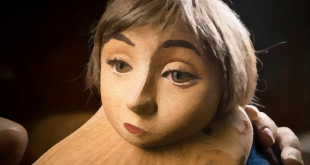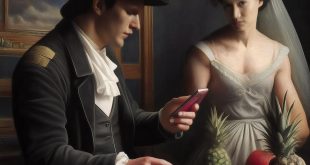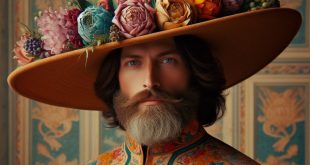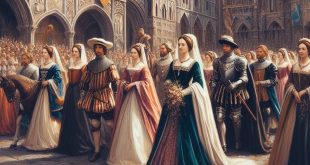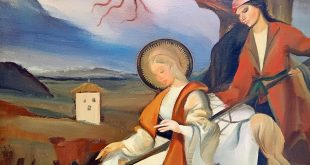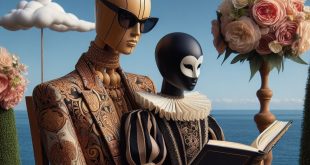
The art of Antonio Donghi: everyday scenes steeped in mystery, realistic details and surreal elements.
Meeting Benches is a meeting and inspiration place dedicated to artists, thinkers and dreamers from all over the world. Here, where people can share art, stories and thoughts, virtual benches serve as a point of connection. If you’re an art enthusiast or simply curious to explore a world of inspiration and beauty, this is a digital destination not to be missed. The intellectual properties of the digital images that appear in this blog are to be reported to their authors. The sole purpose of this site is to spread knowledge of creative people, such as the Italian painter Antonio Donghi, of whom Dastilige Nevante created the digital images accompanying this article. Type in painters if you want to know more.

The “Magical Realism” movement has significantly influenced various art forms beyond literature. In the visual arts, artists such as Antonio Donghi and Frida Kahlo have incorporated magical realism into their works. They mixed realistic details with dreamlike elements, creating captivating and enigmatic scenes. While not identical, magical realism shares similarities with surrealism: both explore the subconscious, the mystical, and the inexplicable. The metaphysical art of the Italian painter Giorgio de Chirico also resonates with magical realism; his haunting cityscapes evoke a sense of mystery and otherworldliness. In essence, magical realism invites us to see the extraordinary in the ordinary, whether through brushstrokes, camera lenses, or musical notes.
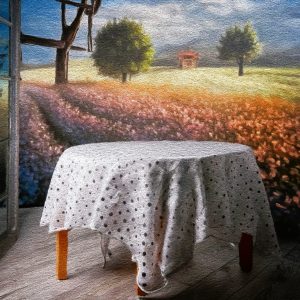
The filmmakers drew inspiration from magical realism. Films like “Pan’s Labyrinth” blend historical reality with fantastical creatures and settings. Some plays incorporate magical realism, blurring the lines between the ordinary and the extraordinary. The choreographers explore themes of transformation, illusion and the mystical spirit, echoing magical realism. Songwriters often infuse their lyrics with Magical Realism, creating poetic narratives that transcend the mundane. Composers evoke magical realism through music, using ethereal sounds and unexpected harmonies. Some architects incorporate magical realism into their designs, creating spaces that feel both grounded and otherworldly. Elements like hidden doors, unexpected angles, and whimsical details can evoke a sense of magic.
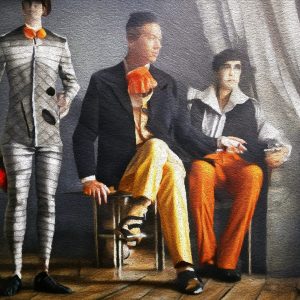
Magical Realism is a captivating literary and artistic style that blends the ordinary with the extraordinary. By definition, it presents a realistic view of the world while incorporating magical or supernatural elements. It blurs the line between fantasy and reality, creating a unique narrative experience. Magical Realism often occurs in mundane, everyday settings, even with highly detailed and realistic scenes, that are unexpectedly invaded by something too strange to believe. Unlike pure fantasy, magical realism aims to express emotions rather than simply evoke them. Many magical realists experienced significant historical events, infusing their work with deeper meaning.
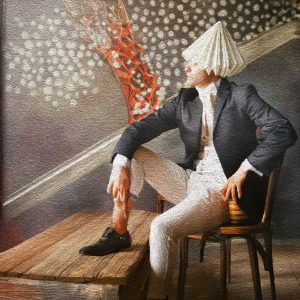
In the “Everyday Magic” of magical realism, the fantastic becomes part of everyday life. It is within that mirror that it reflects a reality in which extraordinary events coexist with the banal. So, imagine a world where the ordinary and the magical dance together, a place where reality shines with enchantment. Among the prominent authors of this creative style, Gabriel García Márquez, whose novel “One Hundred Years of Solitude” is a classic example of magical realism. Salman Rushdie, on the other hand, with “Midnight’s Children” interweaves history and fantasy seamlessly. Jorge Luis Borges also often blends reality and myth in his stories.
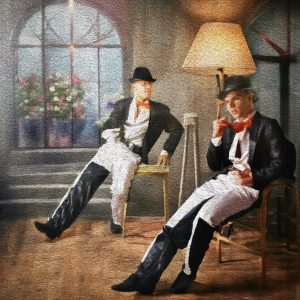
Born in Rome, he developed a distinctive style characterized by dreamlike and enigmatic scenes. His works continue to evoke wonder and introspection. Antonio Donghi was an Italian painter and a leading figure of the “Magical Realism” movement. His works often feature everyday subjects imbued with a sense of mystery and enchantment. Donghi’s art combines precise details with a touch of the surreal, creating a captivating atmosphere. His paintings evoke a quiet introspection, inviting viewers to explore hidden narratives in seemingly ordinary moments. Let’s immerse ourselves in the fascinating world where Antonio Donghi developed a style characterized by dreamlike and enigmatic scenes. His art combines precise details with a surreal touch, creating captivating atmospheres.
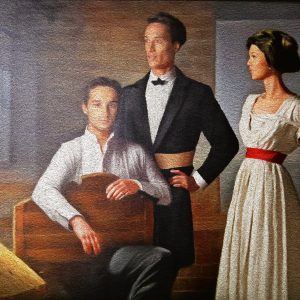
In 1922, he debuted at the exhibition of the Società Amatori e Cultori di Belle Arti in Rome. His first solo exhibitions in 1924 won public favor. The critic Franz Roh coined the term “Magical Realism” to describe this painter’s work. Antonio Donghi‘s paintings present everyday subjects imbued with a sense of mystery and enchantment. His still lifes, like small vases of flowers, exhibit a disarming symmetry reminiscent of naive art. Donghi achieved both popular and critical success, and his art resonated with the trend towards magical realism. His aim was to express emotions through magical elements in a realistic context, distinguishing it from pure fantasy. His artistic legacy lives on, inspiring artists and captivating viewers with his blend of reality and magic.
Antonio Donghi’s “Magical Realism”, digitally interpreted by Dastilige Nevante, through a compositional balance between figures and surrounding environment. Soundtrack “CRYSTALS” by Esther Garcia – FiftySound.
 Meeting Benches World art in all forms
Meeting Benches World art in all forms

